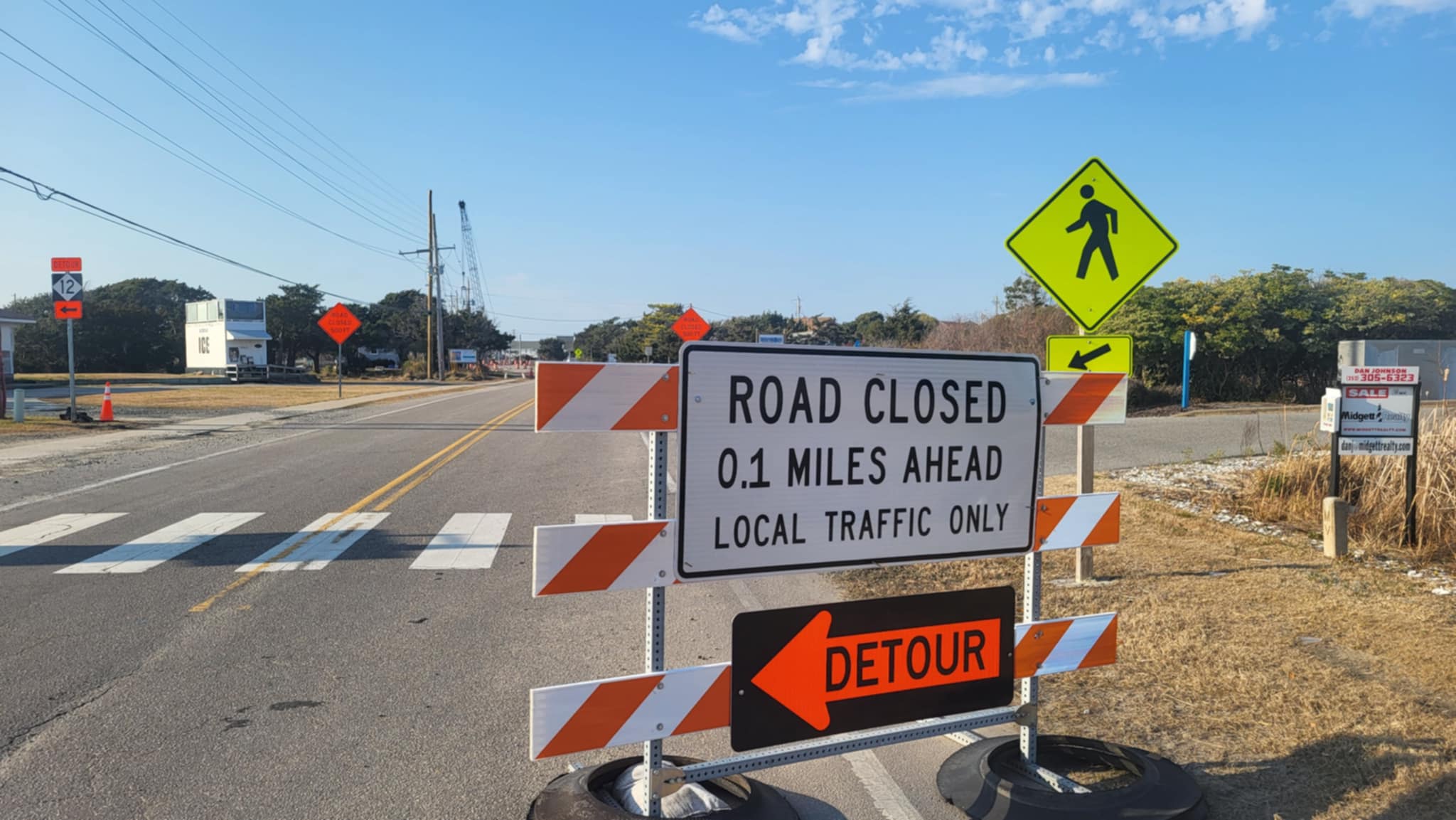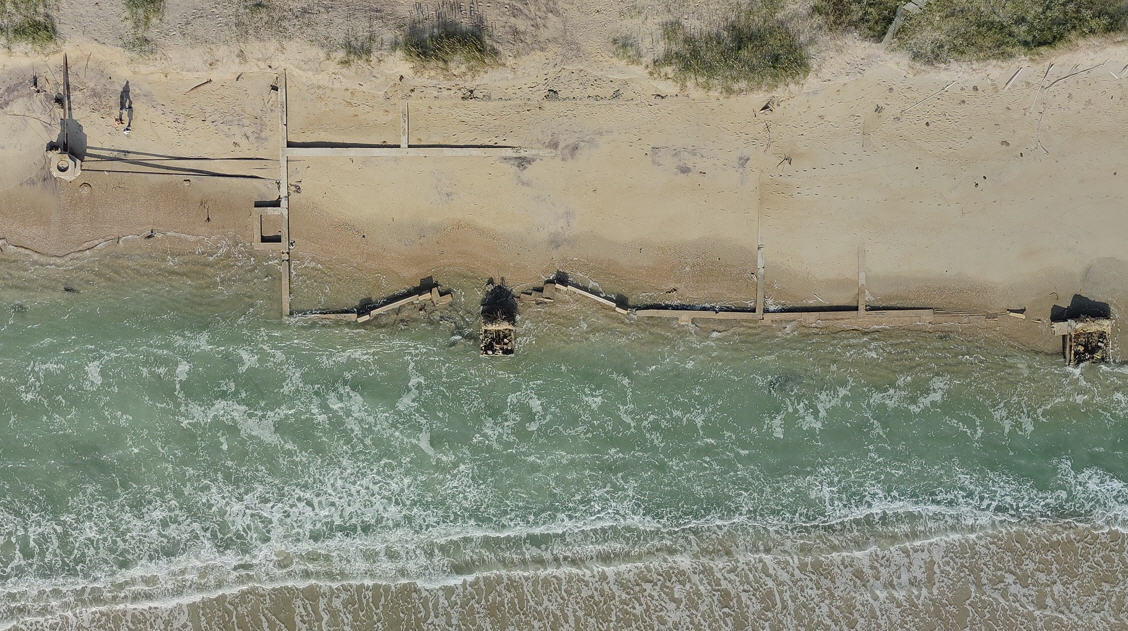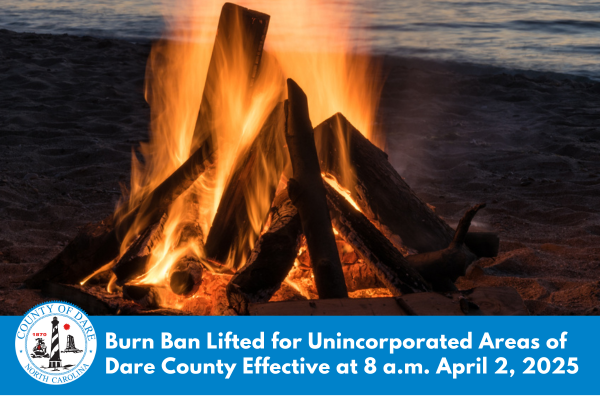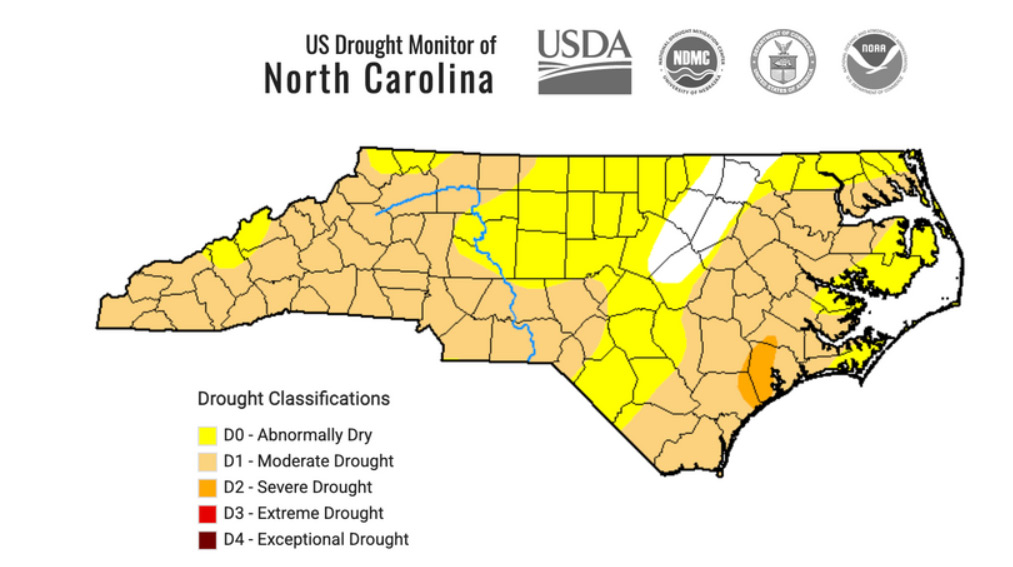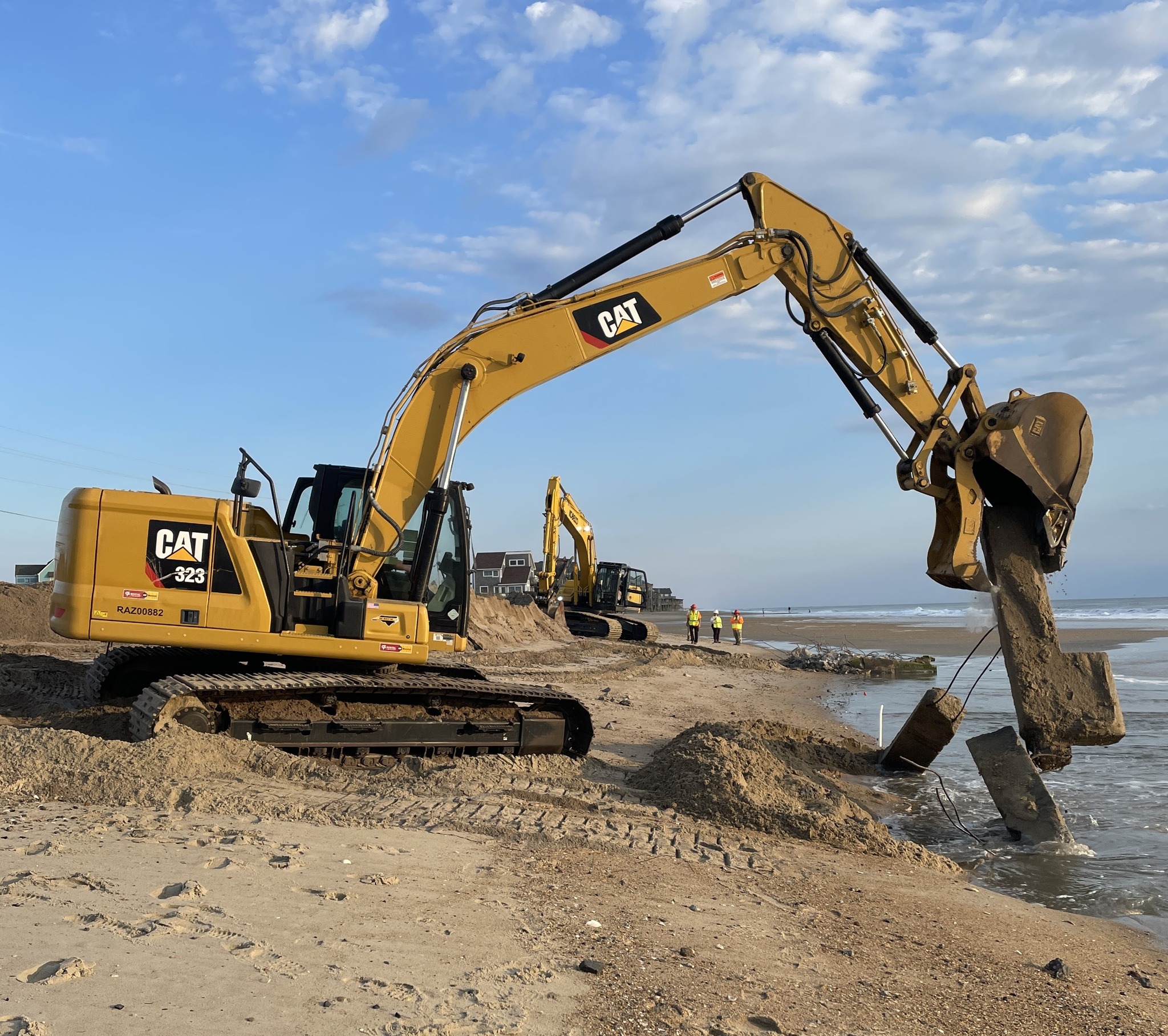New NOAA dataset will help improve flood mitigation tools, flood-risk assessment
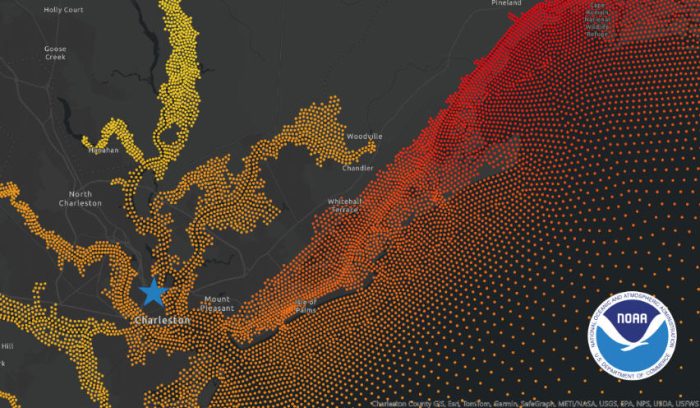
The first modeled, historical water level and wave dataset for the Atlantic, Caribbean and Gulf coasts was released today by NOAA’s National Ocean Service (NOS). This comprehensive dataset — known as Coastal Ocean Reanalysis (CORA) — advances NOAA’s ability to better serve the nation’s coastal communities and lays the foundation for future NOAA coastal flooding products.
The CORA dataset delivers more than 40 years of modeled, historical water level and wave information every 500 meters — or roughly every quarter mile — along the U.S. coastline. This long-term water level data was previously only available at NOAA tide gauge locations, which in some areas of the coast can be hundreds of miles apart.
CORA’s denser data resolution between tide gauges closes gaps in data coverage along the coast, ensuring more communities will have access to historical water level data to assess coastal flood risk.
“Historical coastal water level information is necessary to assess changing flood risks to communities and to predict the likelihood of flooding,” said Nicole LeBoeuf, director of NOS. “This new dataset will improve NOAA’s current flood-risk assessment tools and help scientists develop new coastal flood products and services for the nation.”
The new dataset provides the scientific and research community with access to previously unavailable historical data that can help advance research, machine learning and policymaking in a variety of sectors, such as coastal resource management and energy planning. CORA can be used by city planners, engineers, flood management professionals and decision makers to support their coastal flood planning efforts with more accessible historical information.
“CORA provides coastal communities with new insights into how their flood risk has changed over time,” said Analise Keeney, project lead and oceanographer at NOAA’s Center for Operational Oceanographic Products and Services (CO-OPS). “In Charleston, South Carolina, for example, CORA shows the full extent of the devastating inland flooding caused by Hurricane Hugo in 1989. Combined with NOAA’s long-term tide gauge data, the data enables more coastal communities to understand their past flood risks so they can better prepare and respond to future events.”
Improvements and advances to NOAA’s services
NOAA scientists will integrate CORA’s historical datasets into existing products, including the Sea Level Calculator and High Tide Flooding Outlooks, to provide valuable context. They are also using CORA to prototype monthly high tide flooding predictions every 500 meters along the coast to provide more communities with timely information about their flood risks.
Further, NOAA’s Office of Water Prediction is collaborating with NOS to produce a multi-decade total water level simulation for the nation’s coastline using the CORA dataset combined with the National Water Model. Pairing these two datasets will help make coastal flood inundation mapping more robust.
NOAA plans to release Coastal Ocean Reanalysis datasets for the West Coast, Hawaii and Alaska by late 2026.
The CORA dataset spans from 1979 to 2022 and is available for public download through NOAA’s Open Data Dissemination platform in a variety of formats to support downstream applications. Additional information, maps, use cases and related resources are available on NOAA’s Tides and Currents website, as well as a NOAA technical report detailing the methodology.
CORA is a community-based modeling effort made possible through collaboration with the University of North Carolina’s Renaissance Computing Institute. Modeling validation was conducted by the University of Hawaii’s Sea Level Center.
The National Ocean Service is the nation’s source for tides, currents and coastal and Great Lakes water level information. Its scientific experts apply these data to a broad suite of products and services to ensure safe and efficient navigation, support accurate mapping and charting, and protect coastal economies and infrastructure from extreme weather.






